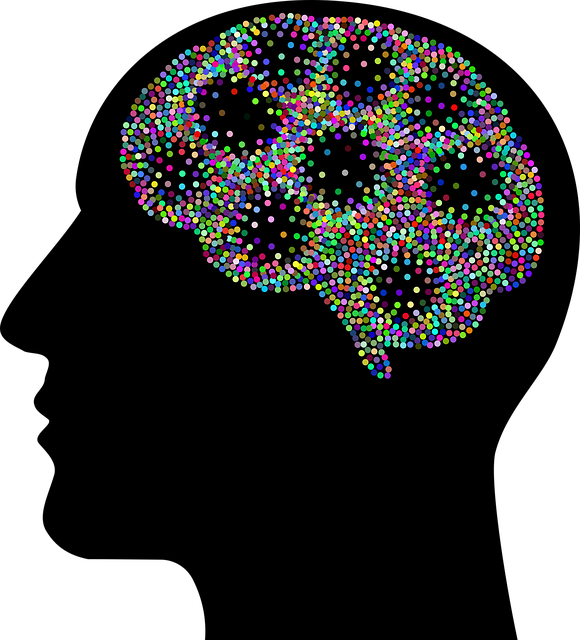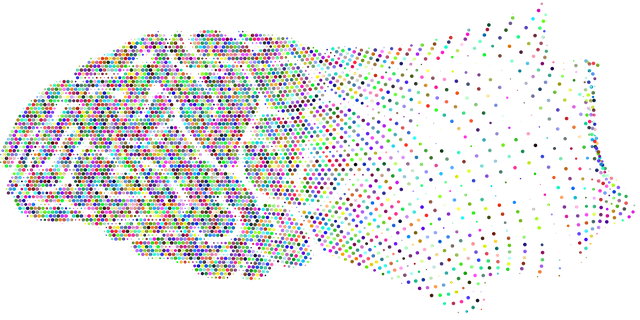Castle Rock First Responders Therapy leverages diverse data collection methods—including emergency call records, hospital admissions, and community surveys—for comprehensive mental health analysis. They employ trained communication strategies, self-care practices, and holistic approaches to interpret data accurately and deliver effective support. Preprocessing and cleaning ensure data integrity, while Exploratory Data Analysis (EDA) uncovers hidden patterns. Statistical tools evaluate program success and guide targeted interventions. Visualizations simplify complex data for stakeholders, enhancing service delivery and policy analysis, ensuring evidence-based mental health initiatives at Castle Rock First Responders Therapy.
Mental health data analysis is a powerful tool for understanding client outcomes and optimizing therapy programs, especially in specialized settings like Castle Rock First Responders Therapy. This article explores the process of analyzing and interpreting mental health data, from understanding data collection methods and preprocessing techniques to advanced statistical insights and effective visualization strategies. By delving into these aspects, we aim to enhance service delivery at Castle Rock First Responders Therapy through data-driven decision-making.
- Understanding Mental Health Data: Collection and Sources for Castle Rock First Responders Therapy
- Preprocessing and Cleaning Data: A Foundation for Accurate Analysis in the Therapy Setting
- Exploratory Data Analysis: Uncovering Patterns and Insights within Client Records
- Statistical Techniques for Interpretation: Quantifying the Impact of Therapy Programs
- Visualizing Results: Communicating Findings to Stakeholders and Enhancing Service Delivery
Understanding Mental Health Data: Collection and Sources for Castle Rock First Responders Therapy

Understanding Mental Health Data is a crucial step for Castle Rock First Responders Therapy to provide effective support. The data collection process involves various sources and methods, ensuring a comprehensive understanding of the community’s mental health landscape. By leveraging Crisis Intervention Guidance, professionals can access valuable insights from emergency call records, hospital admissions, and community surveys. These sources offer a window into the frequency and nature of mental health crises, allowing for targeted interventions.
Additionally, effective communication strategies are vital to interpreting these data points accurately. Castle Rock First Responders Therapy focuses on training personnel in active listening and empathy to foster meaningful connections with individuals seeking help. Integrating self-care practices within the organization ensures that first responders can maintain their well-being, enabling them to offer consistent and compassionate care. Such holistic approaches contribute to the overall success of data analysis in guiding evidence-based practices for improved mental health services.
Preprocessing and Cleaning Data: A Foundation for Accurate Analysis in the Therapy Setting

In the realm of mental health data analysis, preprocessing and cleaning are foundational steps that ensure accurate interpretations in therapy settings, such as those provided by Castle Rock First Responders Therapy. These initial stages involve meticulous data curation to remove inconsistencies, handle missing values, and correct errors. By doing so, therapists can gain a clear understanding of patient progress, identify trends, and tailor interventions effectively. Preprocessing is not merely about technical precision; it’s about ensuring the integrity of the data, which directly impacts the reliability of subsequent analysis.
Proper data cleaning also includes normalizing formats, standardizing terminologies, and integrating disparate sources. This meticulous process is crucial for comparing patient profiles across different therapy modalities and evaluating the efficacy of mental health education programs designed to enhance emotional regulation. Public awareness campaigns development often hinges on robust data analysis, making clean and preprocessed datasets invaluable resources for both clinical practice and public health initiatives.
Exploratory Data Analysis: Uncovering Patterns and Insights within Client Records

Exploratory Data Analysis (EDA) serves as a powerful tool within mental health practices, particularly at Castle Rock First Responders Therapy, to uncover hidden patterns and gain valuable insights from client records. By employing techniques like data visualization and statistical analysis, therapists can identify trends and correlations that might otherwise remain undetected. This process is crucial in understanding the effectiveness of various therapeutic interventions and tailoring treatments to individual needs.
For instance, EDA can reveal fluctuations in client symptoms over time, highlighting successful coping strategies or areas where additional support is required. Moreover, it facilitates a deeper exploration of demographic data, cultural backgrounds, and their potential impacts on mental health outcomes—a key aspect in implementing effective Burnout Prevention Strategies for Healthcare Providers while fostering Cultural Sensitivity in Mental Healthcare Practice.
Statistical Techniques for Interpretation: Quantifying the Impact of Therapy Programs

In the realm of mental health data analysis, statistical techniques play a pivotal role in quantifying the impact and effectiveness of therapy programs. One such notable example is Castle Rock First Responders Therapy (CRFRT), which has gained significant traction for its innovative approach to addressing mental health challenges among first responders. By employing robust statistical methods, researchers can assess the program’s success rate, identify key factors contributing to positive outcomes, and gain valuable insights into depression prevention strategies.
The process involves a comprehensive risk assessment for mental health professionals, considering various self-care practices as potential predictors of therapeutic results. This data-driven perspective allows for a nuanced understanding of what works best in different scenarios. For instance, CRFRT’s analysis might reveal that certain self-care routines are more effective in managing stress and preventing relapses among first responders suffering from trauma-related conditions. Such findings can guide the development of targeted interventions, ensuring that mental health services are tailored to meet the unique needs of high-risk populations.
Visualizing Results: Communicating Findings to Stakeholders and Enhancing Service Delivery

Effective communication of mental health data analysis results is pivotal for stakeholders, including Castle Rock First Responders Therapy, to understand trends and make informed decisions. Visualizations play a key role in this process, as they simplify complex data into understandable formats like charts, graphs, or infographics. By presenting findings visually, professionals can highlight critical insights, such as peak stress levels during specific events, demographic-based anxiety trends, or the effectiveness of certain therapy programs – for instance, those designed by Castle Rock First Responders Therapy.
This approach not only enhances service delivery but also facilitates evidence-based policy analysis and advocacy. Visualizations enable stakeholders to grasp the impact of mental health education programs, such as those designed to address anxiety relief, and inform future initiatives. By seeing the data, decision-makers can allocate resources more strategically, adapt policies to meet specific needs, and ultimately improve access to quality mental health care.
Mental health data analysis is a powerful tool for improving therapy programs, especially at Castle Rock First Responders Therapy. By understanding client data, preprocessing and cleaning it effectively, performing exploratory analyses, and employing statistical techniques, we can gain valuable insights. Visualizing these findings allows us to communicate the impact of our therapy programs to stakeholders, ultimately enhancing service delivery and fostering better mental health outcomes for clients in the Castle Rock community.














